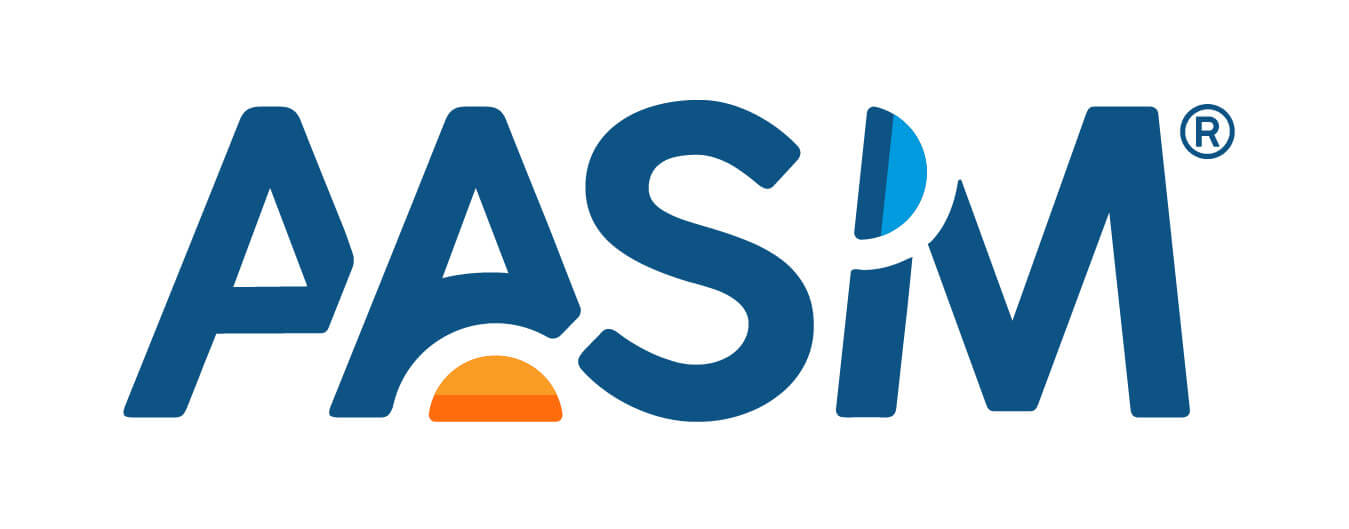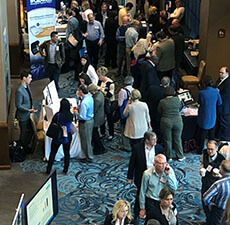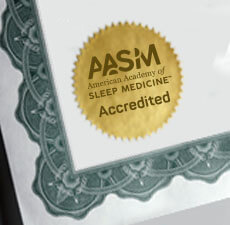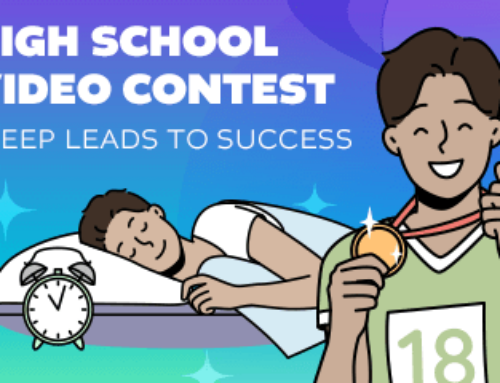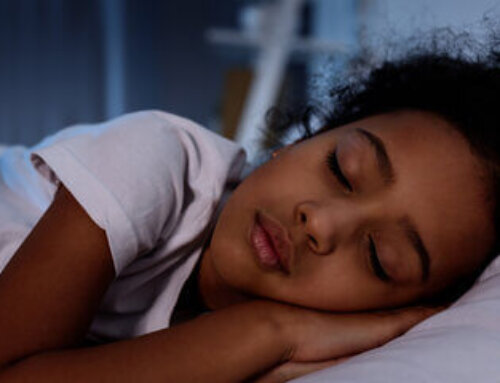FOR IMMEDIATE RELEASE
CONTACT: Lynn Celmer, lcelmer@aasm.org, 630-737-9700
DARIEN, IL – A new study shows that many adolescents with excessive daytime sleepiness consistent with a clinical diagnosis of narcolepsy test positive for marijuana, emphasizing the importance of drug screening when interpreting diagnostic sleep studies for teens.
Results show that 43 percent of pediatric patients with a positive urine drug screen for marijuana had objectively measured daytime sleepiness consistent with a diagnosis of narcolepsy, compared with only 24 percent of pediatric patients with a negative drug screen. Among all adolescents who displayed excessive daytime sleepiness indicative of narcolepsy, 10 percent screened positive for marijuana.
“We were most surprised by the fact that patients referred for evaluation for excessive daytime sleepiness who tested positive for marijuana were almost twice as likely to meet the objective criteria for narcolepsy,” said principal investigator and lead author Dr. Samuel Dzodzomenyo, medical director of the pediatric sleep center at Dayton Children’s Hospital and associate professor of pediatric neurology at Wright State University in Dayton, Ohio.
Study results are published in the February issue of the Journal of Clinical Sleep Medicine.
According to the authors, it is especially important for clinicians to be aware of the potential effects of marijuana use on diagnostic tests for narcolepsy now that more states are passing laws to legalize the recreational or medicinal use of marijuana.
The research was performed in collaboration with co-author Dr. Mark L. Splaingard of the Sleep Disorders Center at Nationwide Children’s Hospital and the Ohio State University College of Medicine in Columbus, Ohio.
The 10-year retrospective study analyzed the records of 383 patients less than 21 years of age, with a mean age of 13 years, who were evaluated for excessive daytime sleepiness in an academic pediatric sleep medicine clinic after referral from a community or medical school physician. The sleep and alertness of participants were evaluated in the sleep center by overnight polysomnography followed by a daytime multiple sleep latency test. The MSLT, which involves 4 to 5 daytime nap opportunities performed at two-hour intervals and conducted under a standardized protocol, is a validated, objective measure of sleepiness. Urine samples were collected for toxicology screening the morning before the MSLT was started.
According to the American Academy of Sleep Medicine, narcolepsy is a sleep disorder characterized by excessive daytime sleepiness, which manifests as daily periods of irrepressible need to sleep or daytime lapses into sleep. Narcolepsy onset typically occurs during adolescence. Part of the diagnostic criteria for narcolepsy is an average time to fall asleep of 8 minutes or less on an MSLT, which according to Dr. Dzodzomenyo has been validated for 8 years of age and older. The AASM advises that drug screening may be indicated to ensure that sleepiness on the MSLT is not pharmacologically induced.
Data from the national Youth Risk Behavior Survey conducted every two years by the Centers for Disease Control and Prevention show a high rate of marijuana use among teens. In 2013 more than 40 percent of U.S. teens reported that they have used marijuana at least once in their lifetime, and 23 percent of teens reported that they have used marijuana at least once in the previous 30 days.
To request a copy of the study, “Urine Toxicology Screen in Multiple Sleep Latency Test: The Correlation of Positive Tetrahydrocannabinol, Drug Negative Patients, and Narcolepsy,” or to arrange an interview with the study author or an AASM spokesperson, please contact Communications Coordinator Lynn Celmer at 630-737-9700, ext. 9364, or lcelmer@aasm.org.
The monthly, peer-reviewed Journal of Clinical Sleep Medicine is the official publication of the American Academy of Sleep Medicine, a professional membership society that improves sleep health and promotes high quality patient centered care through advocacy, education, strategic research, and practice standards (www.aasm.org). The AASM encourages patients to talk to their doctor about sleep problems or visit www.sleepeducation.org for a searchable directory of AASM-accredited sleep centers.
